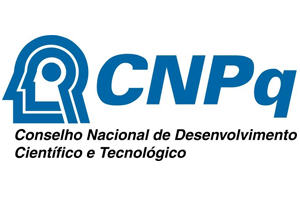Hashim Mohammed Hashim Al Araji
University of Kufa, Faculty of Sciences, Department of Biology, Najaf/ Iraq, and Kerbala University, College of Applied Medical Sciences, Kerbala, Iraq
Baydaa A. Hassan
University of Kufa, Faculty of Sciences, Department of Biology, Najaf/ Iraq
ABSTRACT
Background: Chitosan nanoparticles (CNPs) have gained significant attention in biomedical research due to their biocompatibility, biodegradability, and potential anticancer properties. The biosynthesis of CNPs using bacterial sources such as Bacillus subtilis offers an eco-friendly and efficient approach for nanoparticle production, which may enhance their therapeutic applications in oncology. Objective: This study aimed to evaluate the ability of Bacillus subtilis to biosynthesize CNPs and investigate their anticancer effects against A549 lung cancer cells. Methods: Twenty Bacillus subtilis isolates were obtained from various sources and screened based on morphological characteristics and VITEK system identification for their ability to synthesize CNPs. The most efficient isolate was selected for nanoparticle biosynthesis. CNPs were prepared by adding 1 mg/mL of chitosan to the bacterial culture medium, followed by centrifugation at 4500 rpm for 15 minutes to separate the synthesized nanoparticles. The nanoparticles were characterized using X-ray diffraction (XRD), which showed diffraction peaks between 19.5° and 24°, and atomic force microscopy (AFM), which revealed an average particle size of 47.15 nm. Fourier-transform infrared spectroscopy (FTIR) confirmed the presence of functional groups and molecular bonding patterns in the biosynthesized CNPs. Results: The anticancer potential of CNPs was assessed against A549 lung cancer cells using various concentrations (1000, 500, 250, 125, 62.5, and 31.25 µg/mL) over 72 hours. The cytotoxic effects were observed with a dose-dependent reduction in cell viability, with cell death percentages recorded at 58.7%, 34.3%, 30.3%, 22.3%, 15.5%, and 9.9%, respectively. The IC50 value was determined to be 2011 µg/mL. Morphological analysis of A549 cells post-treatment indicated significant structural changes, including membrane damage, cell detachment, and disruption of monolayer integrity. Conclusion: The biosynthesized CNPs from Bacillus subtilis demonstrated notable cytotoxic effects against A549 lung cancer cells, highlighting their potential application as a natural nanotherapeutic agent. Further research is recommended to explore their molecular mechanisms, optimize dosage, and assess their in vivo efficacy for potential clinical applications in cancer treatment.
Keywords: Bacillus Subtilis, Chitosan, Biosynthesized Chitosan Nanoparticles, A549 Cell Line.




